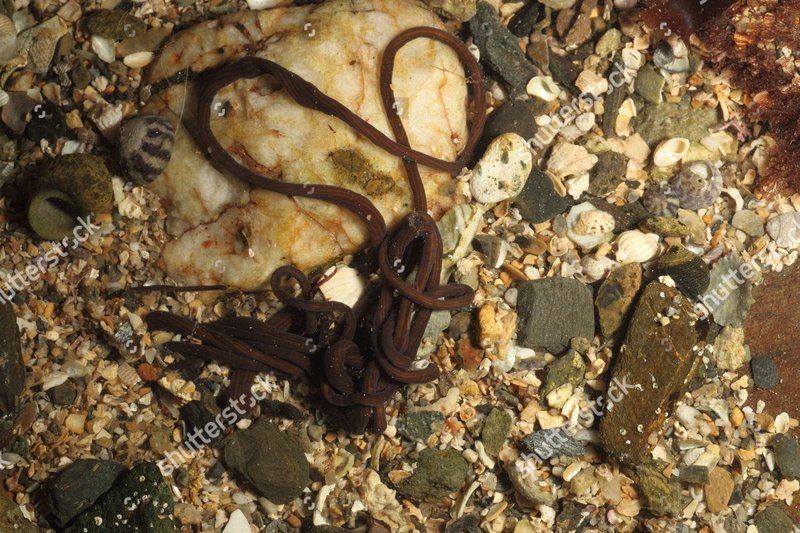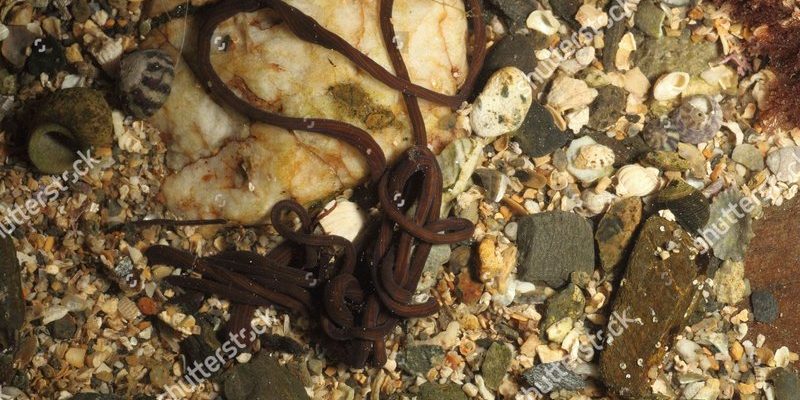
When we talk about lifespan, we’re not just discussing numbers. It’s about the journey of these worms—from their birth and growth to their eventual decline. Just like we have various life stages, bootlace worms do too. So let’s unravel the mysteries of their lifespan together, and explore what makes these unique organisms tick… or wiggle, in their case!
Understanding Bootlace Worm Biology
To grasp the lifespan of bootlace worms, it helps to understand their biology first. Bootlace worms belong to the phylum Annelida, which means they are segmented worms. Picture a tube packed with many segments, and you’ve got the right idea. Each segment works together to help the worm move, eat, and breathe.
Interestingly, these worms can reach astonishing lengths—up to 55 meters (that’s about 180 feet!). Their incredible size isn’t just for show; it’s a survival tactic. They use their lengthy bodies to navigate through oceanic environments, searching for food such as small fish and crustaceans. Living in soft sediments, they often camouflage themselves to evade predators.
You might be wondering how these peculiar creatures fit into their ecosystem. Bootlace worms play an essential role in the underwater food chain. By consuming organic material and breaking it down further, they help recycle nutrients back into the ecosystem, making them a vital part of marine life.
Life Stages of Bootlace Worms
Like most living creatures, bootlace worms go through several life stages. They start their journey as tiny larvae in the ocean, which can be a precarious time. These larvae float on ocean currents and feed on plankton before settling in suitable habitats. Once they find a cozy spot, they begin to grow.
As they mature, their segmented bodies develop more fully. During this time, bootlace worms exhibit a fascinating growth pattern. They can regenerate if they get injured, which might extend their life expectancy because they can recover from unfortunate encounters with predators or environmental hazards.
The adult stage is where these worms really shine. Depending on environmental factors and food availability, they can live several years. While exact lifespan records are few, some estimates suggest that bootlace worms can survive anywhere from 5 to even 10 years in the wild.
Environmental Factors Impacting Lifespan
Now, let’s talk about the environment. Just like us, bootlace worms aren’t immune to the impacts of their surroundings. Various factors can influence their lifespan, including temperature, food supply, and predation.
In colder waters, bootlace worms tend to live longer due to slower metabolic rates. Conversely, in warmer waters, they may grow faster but also age more quickly. Food availability is another crucial factor. If there’s plenty of organic material and small prey, worms can thrive and live longer.
Predation is perhaps the most significant threat. Larger fish or seabirds can see bootlace worms as an easy meal. If a worm is frequently targeted, its lifespan could dramatically shorten. In contrast, those that can effectively hide or blend into their environment have a better chance of survival.
Predators of Bootlace Worms
Understanding the bootlace worm’s predators can shed light on its lifespan. Larger fishes, such as cod and flounder, find these worms a delicious snack. Seabirds, too, can swoop down to grab them from the surface, adding to their list of potential threats.
But here’s the fascinating part: bootlace worms can grow back parts of their body if they lose a segment to a predator! This ability can be a lifesaver, as it allows them to escape and regenerate over time. However, frequent attacks can take a toll on their overall health and longevity.
You might also be surprised to learn that every time a bootlace worm gets bitten or injured, it might spend energy regenerating rather than growing. So, while they have impressive regenerative abilities, a high predator presence can still reduce their lifespan in natural habitats.
Bootlace Worms in Captivity vs. Natural Habitats
Have you ever stopped to think about how organisms might behave differently in captivity compared to the wild? Bootlace worms are no exception. In controlled environments, such as aquariums, these worms might not face the same threats from predators or environmental stressors.
In captivity, with a steady food supply and ideal conditions, bootlace worms may live longer than their wild counterparts. Some studies suggest that they can survive up to **15 years** in well-maintained environments where they receive proper care, compared to the shorter lifespan they experience in the unpredictability of nature.
However, it’s essential to note that keeping bootlace worms in captivity requires attention and expertise. If the water quality isn’t optimal, or if they don’t have enough food, their lifespans can be considerably shortened.
Importance of Conservation
As we marvel at the bootlace worm’s fascinating lifespan, it’s crucial to consider their conservation. The health of marine life directly correlates with environmental health. Pollution, climate change, and overfishing threaten the ecosystems where bootlace worms thrive.
Conserving their habitats means not only protecting these remarkable creatures but also preserving the larger marine ecosystem. Organizations and researchers are working on strategies to maintain the health of our oceans. Restoring habitats, reducing pollution, and promoting sustainable fishing can go a long way in ensuring that bootlace worms and other marine species flourish.
Every action counts. By supporting conservation efforts, you can help maintain the delicate balance of marine ecosystems, allowing bootlace worms to continue their intriguing lives in the vast oceans.
So there you have it—bootlace worms are more than just long, wiggly creatures lurking in the ocean. Their lifespan in natural habitats can reach several years, shaped by biology and environment, much like our own lives. Understanding their lifespan helps us appreciate the intricate roles they play in the ocean’s ecosystem.
As we wrap this up, it’s clear that the story of bootlace worms intricately weaves together biology, environment, and conservation. By learning about them, we not only satisfy our curiosity but also take steps to protect the underwater world they call home. Next time you hear about bootlace worms, you’ll know just how fascinating—and fleeting—life can be in the depths of the ocean.

